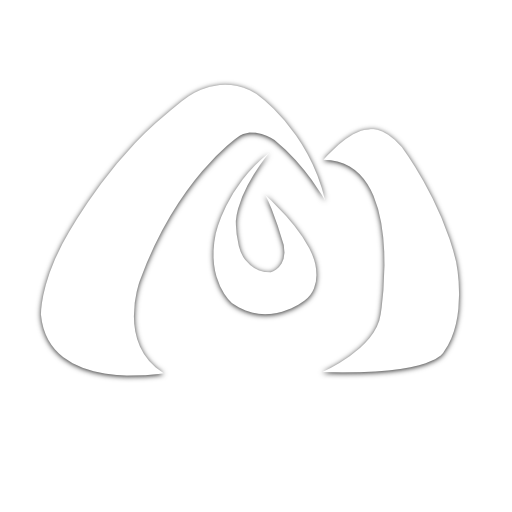Building Progressive Web Apps with Next.js

Progressive Web Apps (PWAs) combine the best of web and mobile apps to provide a seamless, engaging user experience. In this tutorial, we’ll explore how to transform your Next.js application into a Progressive Web App.
Understanding Progressive Web Apps Permalink
A Progressive Web App is a web application that leverages modern web capabilities to deliver an app-like experience to users. Key features of PWAs include:
- Reliability: PWAs load instantly, even in uncertain network conditions.
- Fast: Smooth interactions and animations provide a responsive user experience.
- Engaging: Users can install PWAs on their devices, creating an immersive, app-like experience.
Making Your Next.js App a PWA Permalink
Step 1: Register a Service Worker Permalink
Create a service worker file in your public directory, for example, service-worker.js:
// public/service-worker.js
const CACHE_NAME = 'my-nextjs-pwa';
const urlsToCache = ['/'];
self.addEventListener('install', (event) => {
event.waitUntil(
caches.open(CACHE_NAME).then((cache) => {
return cache.addAll(urlsToCache);
})
);
});
self.addEventListener('fetch', (event) => {
event.respondWith(
caches.match(event.request).then((response) => {
return response || fetch(event.request);
})
);
});
Step 2: Register the Service Worker in Your Next.js App Permalink
In your pages/_app.js or pages/_app.tsx file, register the service worker:
// pages/_app.js
import { useEffect } from 'react';
function MyApp({ Component, pageProps }) {
useEffect(() => {
if ('serviceWorker' in navigator) {
navigator.serviceWorker
.register('/service-worker.js')
.then((registration) => {
console.log('Service Worker registered with scope:', registration.scope);
})
.catch((error) => {
console.error('Error registering Service Worker:', error);
});
}
}, []);
return <Component {...pageProps} />;
}
export default MyApp;
Step 3: Configure the Manifest Permalink
Create a manifest.json file in your public directory:
// public/manifest.json
{
"name": "My Next.js PWA",
"short_name": "NextPWA",
"start_url": "/",
"display": "standalone",
"background_color": "#ffffff",
"theme_color": "#000000",
"icons": [
{
"src": "/icon.png",
"sizes": "192x192",
"type": "image/png"
}
]
}
Step 4: Add PWA Features Permalink
Enhance your app with PWA features such as offline support, push notifications, and a splash screen.
Conclusion Permalink
Transforming your Next.js application into a Progressive Web App enhances user engagement and provides a more reliable and performant experience. By following these steps, you can unlock the full potential of PWAs and ensure your users have a seamless experience across various devices.
In the upcoming tutorials, we’ll explore more advanced topics, including real-time features, authentication with third-party providers, and continuous integration for Next.js applications.
Stay tuned for the next tutorial where we’ll focus on adding real-time functionality to your Next.js app using WebSocket.
Happy coding and PWA development!
